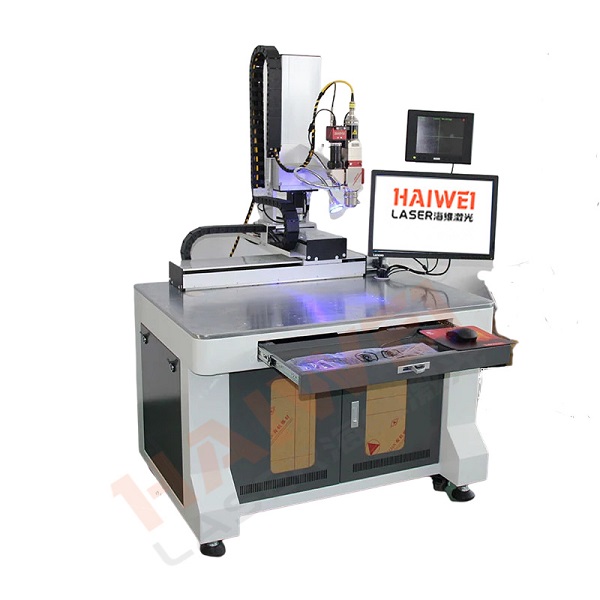Selecting the Right Laser Welding Machine for Different Metal Materials
Choosing the correct laser welding machine for specific metal materials is crucial to achieving high-quality welds. Each type of metal presents unique challenges that require tailored solutions. Understanding these requirements can help users make informed decisions when purchasing equipment.

Identifying Material Properties
Before selecting a laser welding machine, it's essential to understand the properties of the metals you intend to weld. Key factors include thermal conductivity, reflectivity, and melting point. For example, aluminum has high thermal conductivity and reflectivity, which makes it challenging to weld compared to steel.
Important Considerations:
Thermal Conductivity: How well does the material conduct heat?
Reflectivity: Does the metal reflect significant amounts of laser energy?
Melting Point: What temperature is required to melt the metal?
Types of Laser Welding Machines
There are several types of laser welding machines available, each suited for different applications:
Fiber Lasers
Fiber lasers are highly versatile and can handle a wide range of metals, including stainless steel, copper, and aluminum. They offer high beam quality and efficiency, making them ideal for precision work.
CO2 Lasers
CO2 lasers are typically used for thicker materials and non-metallic substrates. While they are not as effective on reflective metals like aluminum and copper, they excel in cutting and welding thicker steels.
Nd:YAG Lasers
Nd:YAG lasers provide deep penetration and are suitable for welding reflective metals due to their wavelength. However, they tend to be more expensive and less efficient than fiber lasers.
Matching Metals with Laser Technology
Different metals respond differently to various laser wavelengths and power settings. Here’s how to match metals with the right technology:
Stainless Steel
Stainless steel is widely welded using fiber lasers due to its low reflectivity and good thermal conductivity. The clean and precise nature of fiber laser welds also enhances the aesthetic quality of finished products.
Aluminum
Aluminum requires a laser with high peak power to overcome its reflectivity and thermal conductivity. Pulsed fiber lasers are often the best choice, providing enough energy to create stable welds without excessive heat input.
Copper
Copper presents similar challenges to aluminum but with higher reflectivity at common laser wavelengths. Green wavelength lasers or high-power pulsed systems are recommended for optimal results.
Enhancing Weld Quality Through Process Control
Achieving high-quality welds involves more than just choosing the right laser; process control is equally important. Parameters such as focus spot size, pulse duration, and gas shielding can significantly impact weld quality.
Focus Spot Size
Adjusting the focus spot size allows for fine-tuning the energy density delivered to the workpiece, affecting penetration depth and width.
Pulse Duration
Shorter pulses can reduce heat input and minimize distortion, especially beneficial for thin materials.
Gas Shielding
Using an appropriate shielding gas prevents oxidation and ensures a clean weld surface.
When investing in a laser welding machine, consider both the material properties and the specific demands of your application. By understanding the capabilities of different laser technologies and how they interact with various metals, you can select the most suitable equipment for your needs. This approach not only improves weld quality but also optimizes production efficiency and reduces costs. Whether working with stainless steel, aluminum, copper, or other metals, matching the right metal material laser welding solution will lead to superior outcomes.
Recent Posts
- What are the advantages of laser welding machines in lithium battery pack production lines?
- What issues should be noted when choosing a lithium battery pack production line?
- Quality Inspection and Control of Lithium Battery Module Pack Production Line
- Cell grouping and sorting process in lithium battery module pack production line
- What are the safety hazards of lithium battery pack production lines and how can they be prevented?
INQUIRY

